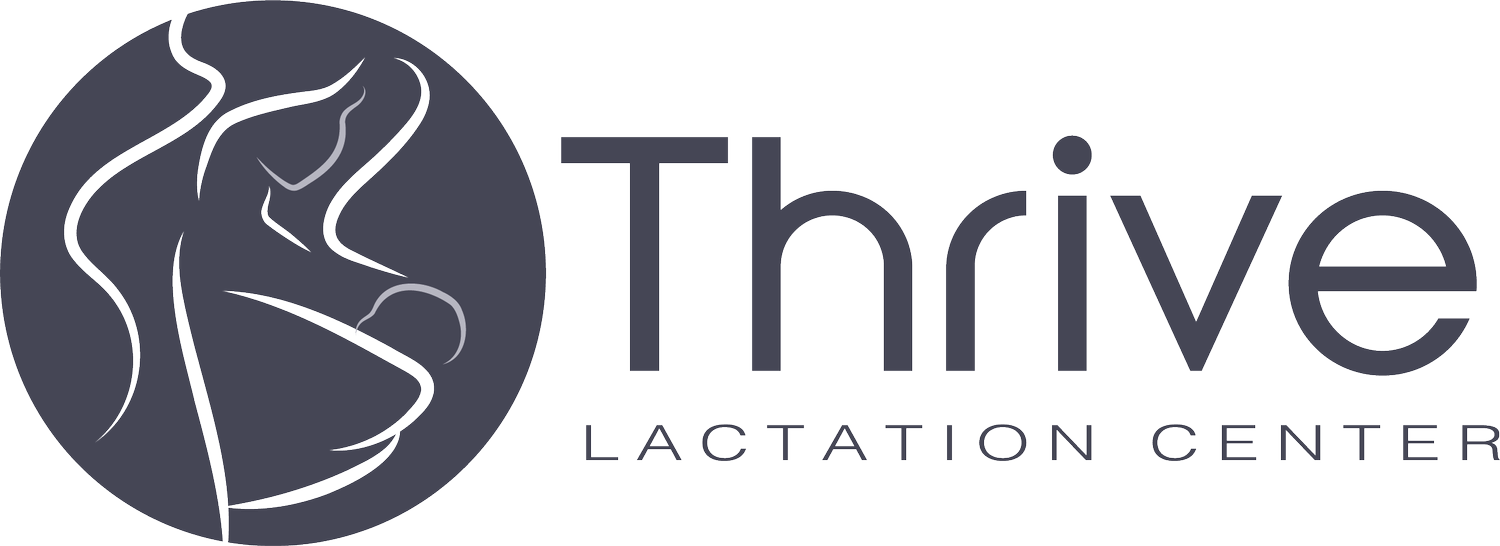How Do I Tell If I have Thrush While Breastfeeding?
Thrush is a type of yeast infection that can occur in or on the breasts of breastfeeding mothers. A yeast infection is a type of fungal infection caused by an overgrowth of Candida yeast, a fungus that is naturally present in the body. Yeast likes to grow in a warm, dark, wet environment which commonly takes place inside of your bra as a nursing mother.
Things that make you more prone to developing a yeast infection:
Antibiotic use
Weak immune system
Use of steroid creams
High sugar diet
Pregnancy
History of recurring yeast infections
Nursing infant with an active yeast infection
Maternal Signs and symptoms:
Painful and cracked nipples
Itching and burning in the nipples and breast
Redness and soreness in the nipples and breast
Shiny and flaky skin on the nipples
White plaques on your nipple or areola
Infant Signs and Symptoms:
White, creamy or yellowish patches on the tongue, gums, inner cheeks, and roof of the mouth
Irritation or discomfort in the mouth
Loss of appetite or difficulty feeding
Fussiness or crying during feeding
Redness or soreness in the affected areas
Cracking at the corners of the mouth
Loss of taste or a burning sensation in the mouth
Management:
Continue breastfeeding, thrush is not a reason to discontinue providing your baby your milk
Wash your hands frequently
Boil any bottles, pacifiers, or items that come in contact with your baby’s mouth after each use
Wash your bras, nursing pads and clothing with hot water when milk leaks on them
Cleanse your breast with water and dry your nipples thoroughly after every feeding
Avoid using soap on your nipples as it can dry out the skin
Change disposable breast pads frequently
Treatment:
Antifungal medication: Antifungal creams, ointments, or oral medications may be prescribed to treat the yeast infection. If you suspect you or your baby have thrush contact your physician for evaluation and a prescription.
Treat both mother and baby: Yeast can easily be passed back and forth between mother and baby, so it's important to treat both to prevent reinfection.
Rinsing the nipples with a solution of vinegar and water: Mix 1 part white vinegar to 4 parts water, and rinse the nipples with this solution after each feeding.
In conclusion, thrush is a common issue faced by breastfeeding mothers and infants, but with proper management and treatment, it can be easily resolved. Remember to be patient and to seek support from friends, family, or a lactation consultant if needed.
Our team of International Board Certified Lactation Consultants is here to help you! Schedule a virtual consult now and get help quickly. Most major insurances accepted.
I am a registered nurse in the State of Florida and an International Board Certified Lactation Consultant (IBCLC). The content on this blog page is for informational and educational use only. I have taken reasonable steps to ensure that the information shared is accurate, but I cannot guarantee that it is free from errors. The information shared here does not take the place of a medical provider, nor establishes any kind of client relationship with myself as a registered nurse or a lactation consultant. I am not your IBCLC or RN unless you book a consult with me directly and we establish a patient/caregiver relationship.

